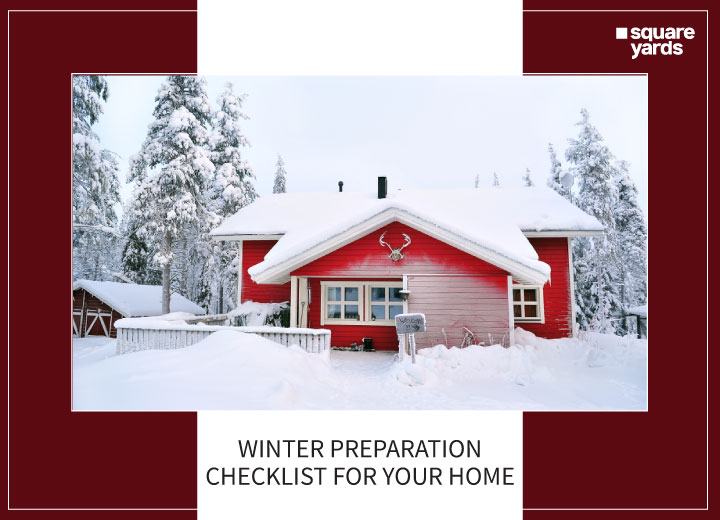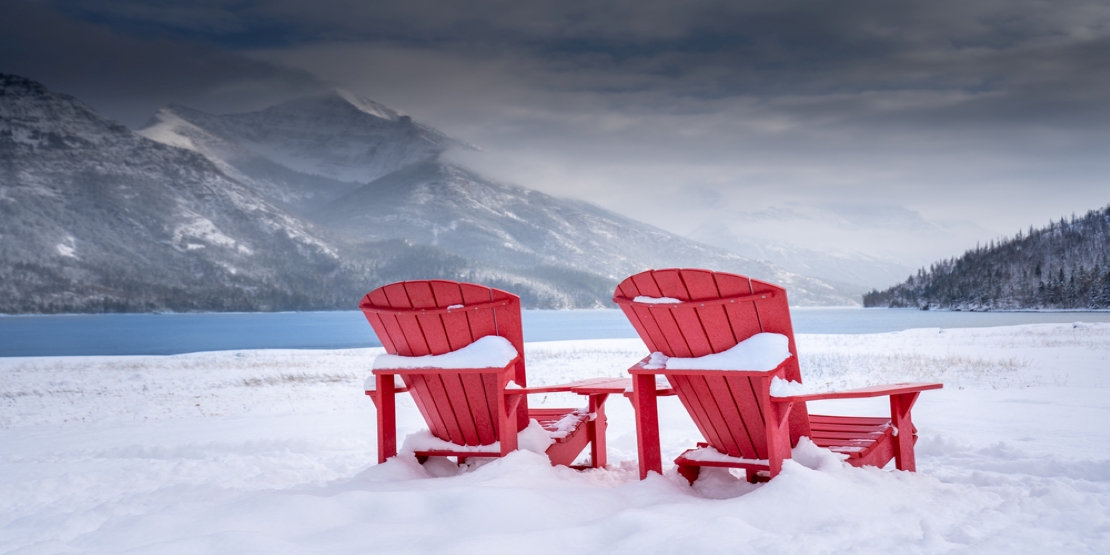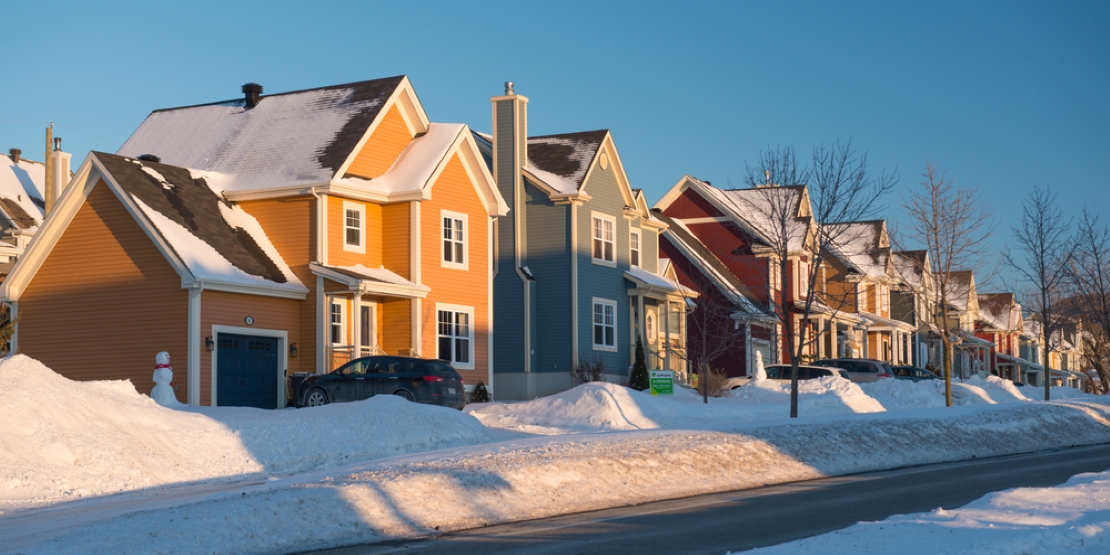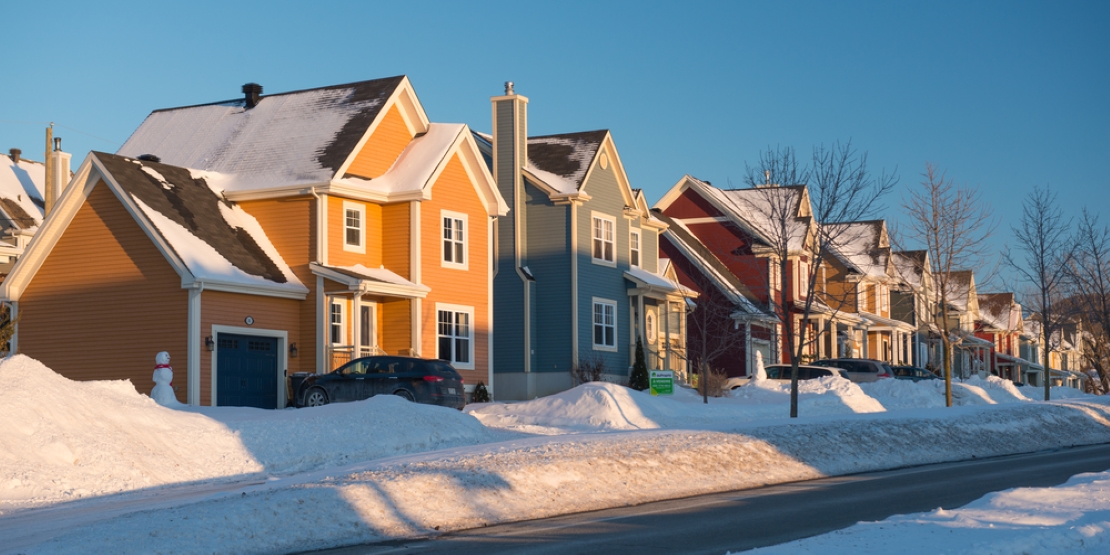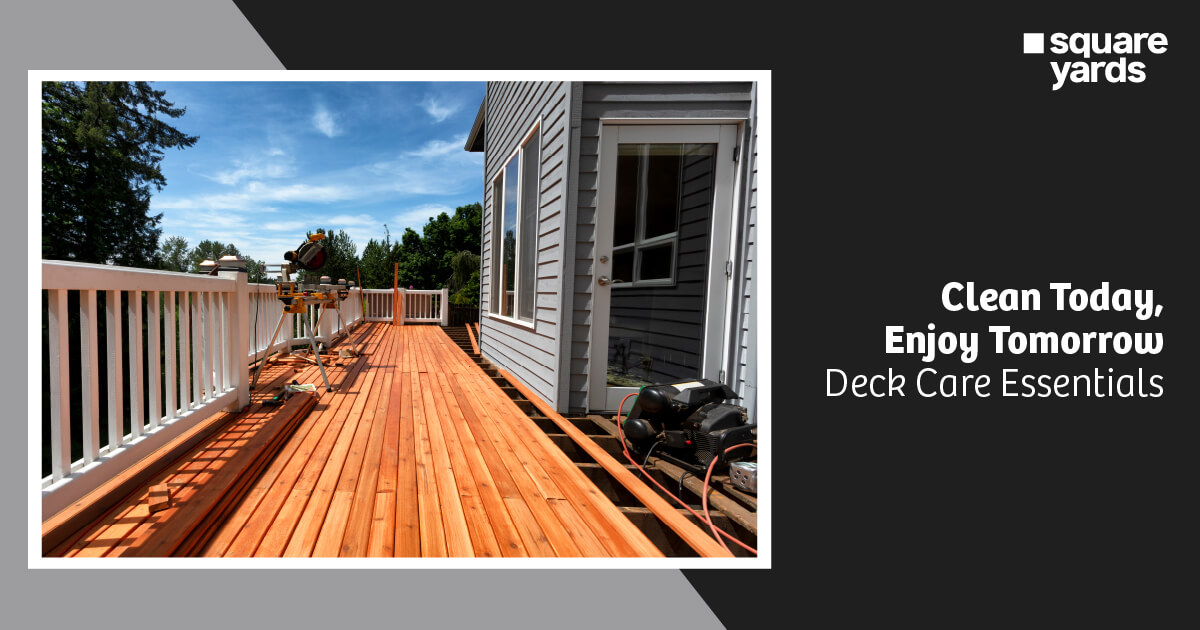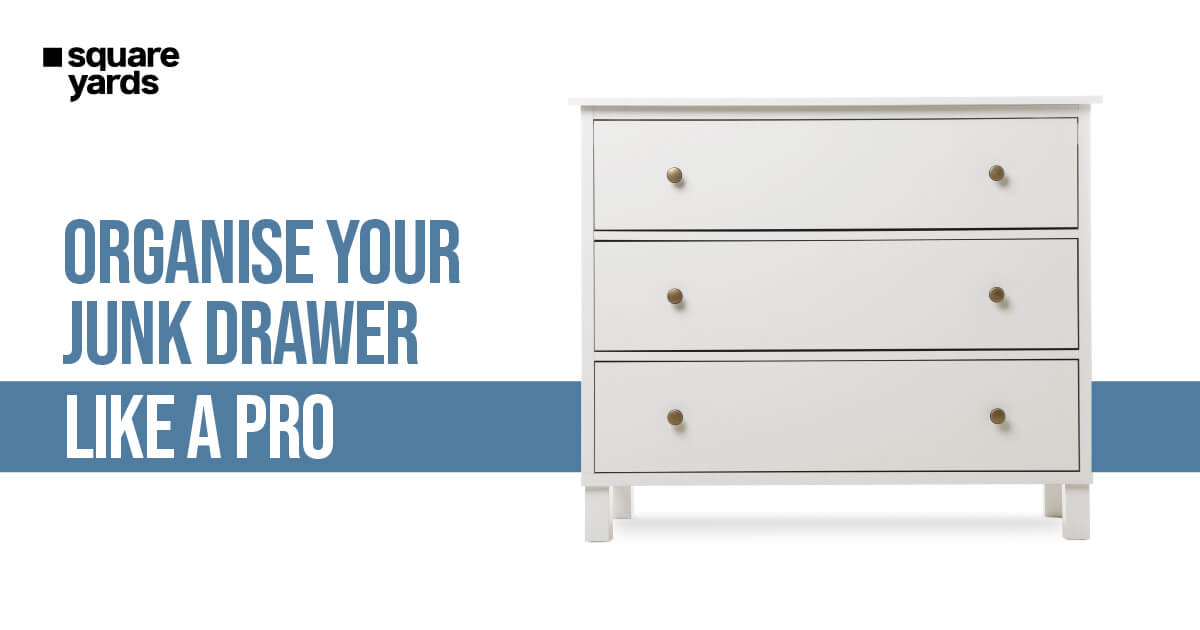Canada is renowned for its extreme winters. The season lasts from mid December to mid March, which is a great time to enjoy outdoor winter activities. However, the dramatic drop in temperature causes high winds, cold air and heavy snow that could affect your health and house. The days get shorter and the nights grow cooler. When Fall arrives, it’s the best time to think about fixing the yard and prepare your house for winters ahead. Read on to know how you can prepare your house for winters in Canada, while keeping it safe, warm and cosy to enjoy your holiday season.
Before you directly jump into closing the windows to keep the chills out, let’s first understand the threats that winter could cause to your home.
Threats that Canadian Winters Pose to Your House
Every year, Canada sets new low-temperature records.Winters with heavy snow could be tough for the residents and their homes in many ways. Below we have mentioned some major threats that Canadian winters could pose to your house.
-
Snow, Ice and Wind Damage
In the colder months, Canada experiences strong winds and heavy snowfall. No, Canada does not experience a hurricane, but that does not mean the winds don’t cause any damage, especially when combined with snow and ice. The weight of the snow is heavy, which could be hard on the roof of your house. Ice storms can also destroy the structure of your house exteriors.
-
Fire Damage
Each year, Canada experiences thousands of fire damages. The risk of fire increases during the winter season as many people prefer staying inside their homes. Although many Canadians do not utilize the traditional wood stoves, there are still many other heat sources that could cause fires when left unattended or not accurately reserved.
For instance, in the holiday season when you prefer house parties, there are times you get distracted in the kitchen while attending your guests, leaving the stove unattended. Never forget that the winter holiday time in Canada is amongst the worst times when fire damage takes the lead. We recommend keeping your Christmas tree and decorations away from heat sources.Also, avoid placing candles near trees and window curtains. These measures will help in preparing your house for winters.
-
Damage Caused by Flooding
Flooding and water damage are not new to Canada. Most of the damage caused by floods attacks the basements of houses as the source of the flood is inappropriate sewer backup.
The sewage pipes freeze during winters in Canada, thus, damage from frozen pipes is a common problem for Canadians. The drop in the temperature causes the water in the pipes to freeze. When the water freezes to ice, it stretches the pipe and causes flooding.
Tips to Prepare Your House for Winters in Canada
Preparing your house for winter in sub-optimal regions becomes your priority now when you know the threats that winter could cause to your house in Canada. Thus, below we have listed a few steps you can follow to ensure harsh weather does not send a chill down your spine.
-
Fix Cracks in Asphalt and Concrete
Depending on where you reside, the end of the fall season might be the last week of the year when it will be sunny or warm enough to repair the sidewalk and driveway cracks.
-
Clean the Gutters
It is the most important yet avoided job that everyone does. But before winter, you actually need to look after the gutters’ cleanliness to keep them operational throughout the winter.
-
Check the Blinds
You must check the ladder and roof for any destroyed shingles or flashing vents. Also, you can check the chimney for any lost mortar and fix it with tuck-pointing, if required for preparing the house for winter.
-
Turn Off the Outside Plumbing
Always check the outdoor faucets and sprinkler systems in order to drain them. Cover the outdoor plumbing to secure it from the harsh and freezing weather.
-
Start Composting
If you have not composted the bins yet, this is the time to create or bring some. Clean the fall’s leaves from your patio or garden to keep the welcoming aura throughout the winter.
-
Clean the Gardening Tools and Outdoor Furniture
Although, fall isn’t the time you keep the gardening tools away, make sure you clean them. Also, clean your outdoor furniture and store them throughout the winter months to keep it for the next season.
-
Block the Drafts
The old-time homes with ill-fittings are specifically inclined towards cold air escaping into the house via frames that eventually lead to increasing energy expenses. Therefore, in order to cut down your bill, you must opt for an easy door draft block that protects entrances from the cold outside winds.
-
Turn Your Fans Around
Ceiling fans that run clockwise are excellent for the summer season, but reversing them helps circulate the hot air in the room. Also, most ceiling fans come with the switching option to reverse them easily.
-
Trim the Trees
Tree branches that loom over your house might not be a big deal during warm weather, but ice and snow can conspire to weigh them down, potentially creating damaging collisions with your property (or worse, your neighbour’s). Trim trees so you don’t have any bark-related threats after a storm.
-
Cover the Windows
If you are looking for a DIY project to cover the window blinds, then you can simply use the plastic winter insulation kit. The kit is easily available at most hardware stores in Canada to prepare a winter house, which you can use to protect your home from cold air, you can also try using caulk or weather-stripping material to address the concerned area.
-
Get Your Fireplace Ready
Before winter arrives and you start using the fireplace for the first time in the season, you must check and get the chimney or air vents fixed by professionals. Make sure the chimney is clean and in perfect shape, along with the proper ventilation it requires to prevent carbon-monoxide.
Over to You
A winter house in Canada is a dire need to survive the harsh winters and heavy snow. Thus, it is advisable for Canadians and immigrants to prepare your house for winters in advance by checking them in and out. Although you can do it on your own, hiring a professional for preparing your house for winter could be even more beneficial as they know the nooks to overlook.
You May Also Read
| Keep Warm in Canada During Winters | Winter Wear Layering in Canada |
| Your First Winter in Canada | Keep Your Plants Healthy for Winter |
| Look When Buying a House in Winters | Tips for First Time Home Buyers |
Frequently Asked Questions (FAQs)
Firstly, check your home’s heating and air conditioning systems. Secondly, check the paint and seal the exterior wood. Also, check the drainage system, chimney and other firewood, along with the smoke and carbon dioxide detectors.
Slate tile or synthetic roofing are the most reliable and durable roofing that stands up to winds of over 110 mph, and also, synthetic tiles are the best for ice and heavy snow.
People make wood houses in cold regions because wood doesn’t act as a thermal bridge, so it maintains the inner humidity and regulates the temperature to keep the house warm in winter.
You can simply keep your house warm in the winter by blocking the cracks and window blinds, wearing plenty of layers, keeping the blinds open in the daytime when there is sunlight, and using candles safely. How do I prepare my house for winter?
What type of roof is best for heavy snow?
Why do people build wooden houses in cold climates?
How can we keep our houses warm in winter without electricity?

